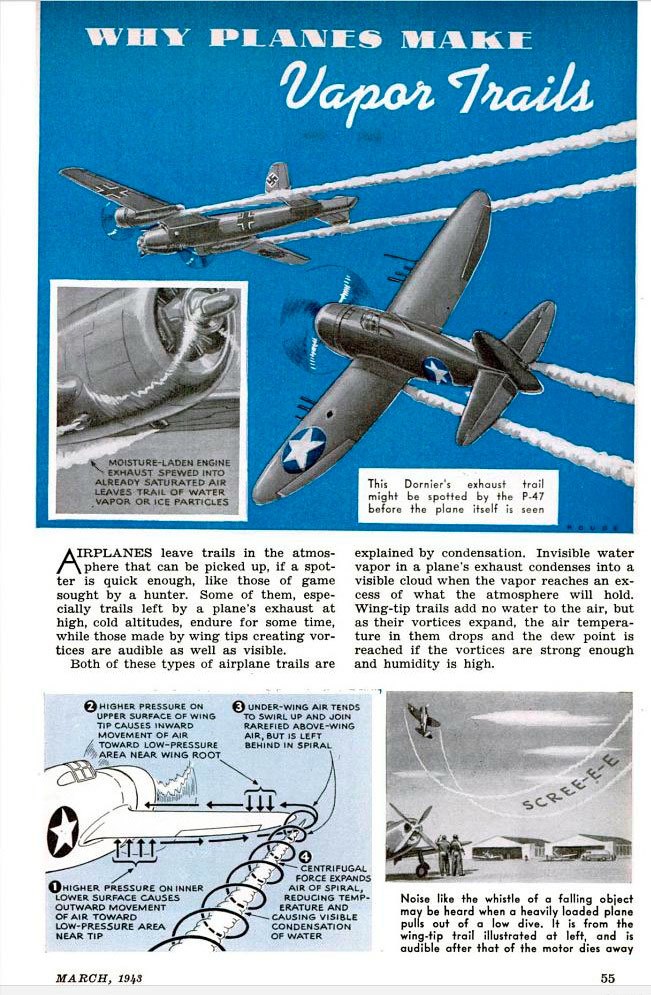By Lorie Moffat
If you’re looking for ways to aid in teaching friction for children then keep reading. So your child comes home from school with questions about friction. How can you help your child understand this concept? Without friction life as we know it would not exist. Every surface would be more slippery than ice. You could not walk, run, write, or even feed yourself without friction. Friction for children is as easy as using common examples to guide your explanation.
Friction for children starts with the basics. Friction is a push, pull, or a force which works against the motion of objects that are in contact as they move past each other. When objects are touching their surfaces tend to stick together, like the tiny loops and hooks of Velcro. Heat and sound are also produced by friction. If you rub the palms of your hands together quickly your hands get warm and you can hear the sound that friction creates.
There are three types of friction; sliding friction, rolling friction, and fluid friction. Sliding friction is caused by two objects touching each other that slide past one another. For example, when you push a large wooden crate across a floor you push against sliding friction. The entire surface of the crate that is in contact with the floor slides against the floor, slowing down the motion of the crate. Rolling friction uses wheels. If you move the identical large wooden crate with a wagon then you exert a force against rolling friction. Only the bottom of each wheel is in contact with the floor. Rolling friction is less than sliding friction; it takes less effort to push the crate on the wagon than to push the crate that is directly resting on the floor. When an object is in contact with a fluid, a liquid or a gas this is considered fluid friction. Airplanes and race cars are streamlined to reduce fluid friction. They have smooth, curved surfaces to reduce the friction, called drag, with the air.
When teaching friction for children it’s important to stress how friction can be advantageous. You light a match using friction. As you strike a match, friction creates enough heat to ignite a chemical compound in the match head that then burns the rest of the match head. Automobile brakes work because of friction. As the brake pads rub against the car’s wheels, the car slows down. Shoes designed for some sports have special soles to use friction to your advantage. Baseball shoes and football shoes have cleats to increase friction by sticking to cracks in the ground. A violinist puts rosin on his bow to increase friction between the bow and the violin strings, therefore producing sound.
However, friction can also be disadvantageous. If a door hinge squeaks, the noise is caused by friction. The space shuttle’s nose and wings heat up dramatically as it returns to Earth from orbit. The ceramic tiles on the shuttle’s nose and wings are designed to dissipate this heat caused by friction. The moving parts of a car’s engine rub against each other and can stick together, causing the engine to seize and to stop working. Using oil in a car’s engine protects the parts from friction. Cooked foods tend to stick to pans. Teflon on non-stick cookware reduces friction between the food and the pan, causing the food to slide. Competitive swimmers wear specially designed racing suits to reduce the friction between themselves and the water so that they can swim faster. A bowler wears extremely flat-soled shoes to slide on the lane right before he releases the bowling ball. Silicone aerosols, oils, grease, graphite (the very soft form of carbon in “lead” pencils), and ball bearings are all used to reduce friction.
By using every day examples, you can teach friction for children and help them better understand this concept. The three types of friction, sliding, rolling and fluid, can either be beneficial or detrimental to the motion of objects. Friction between your pen or pencil tip and the paper you write on allows you to write on the paper. Friction between the ground or the floor and your feet allows you to run or walk along these surfaces. Friction between your food and a spoon or fork allows you to eat with these utensils.
Lorie Moffat has 20 years of teaching experience in both public school classroom and science museum settings. Contact her about special summer online tutoring packages.








